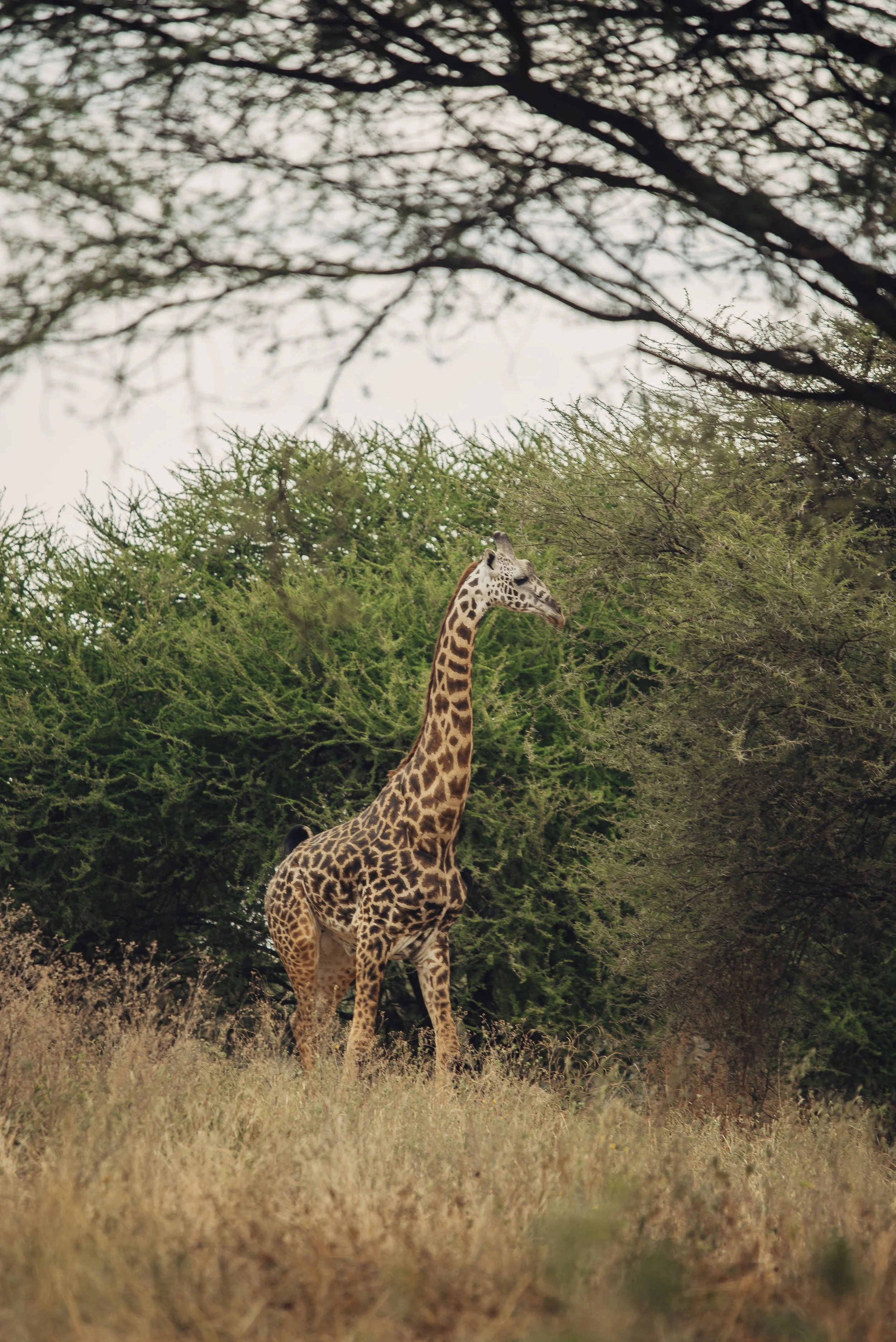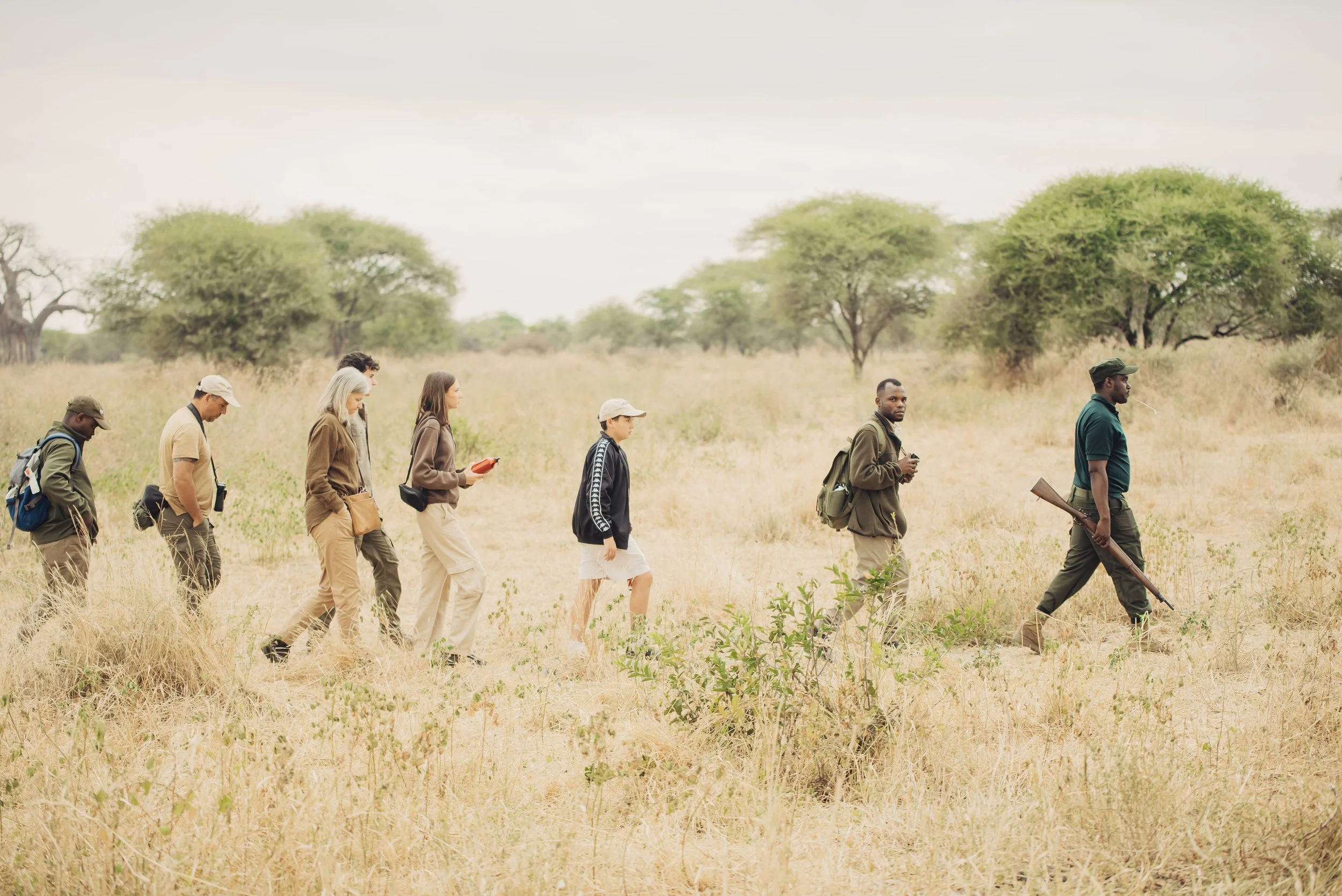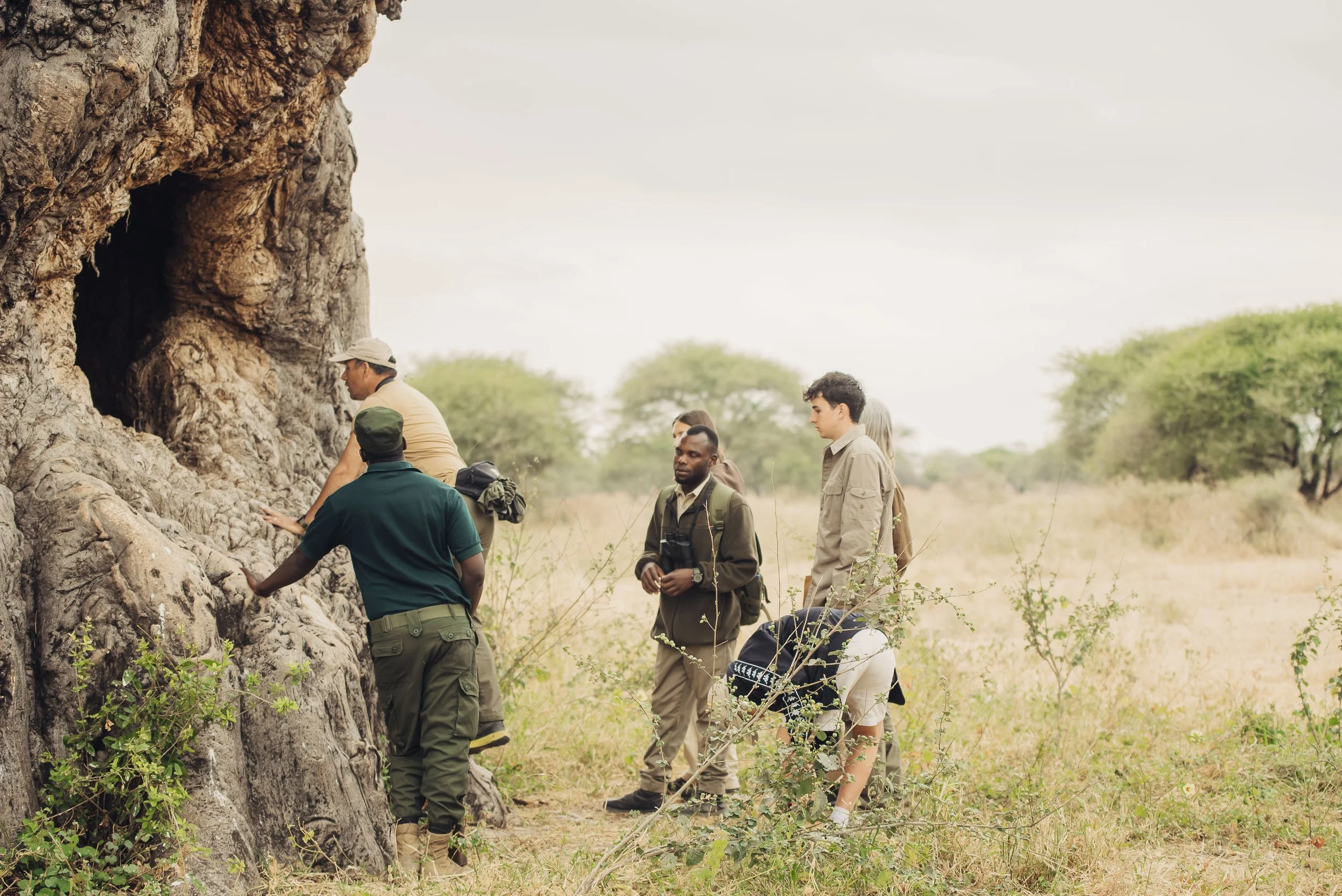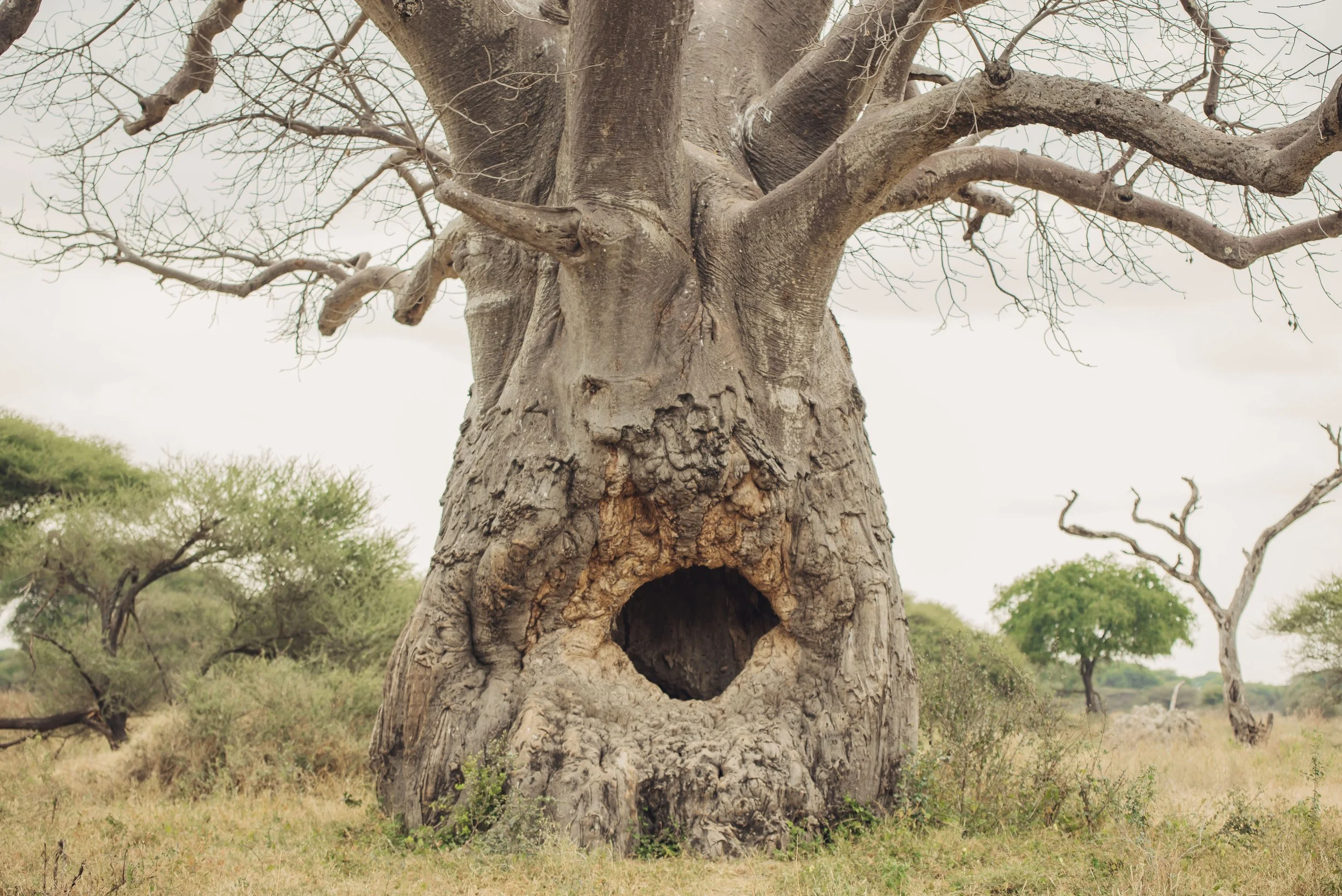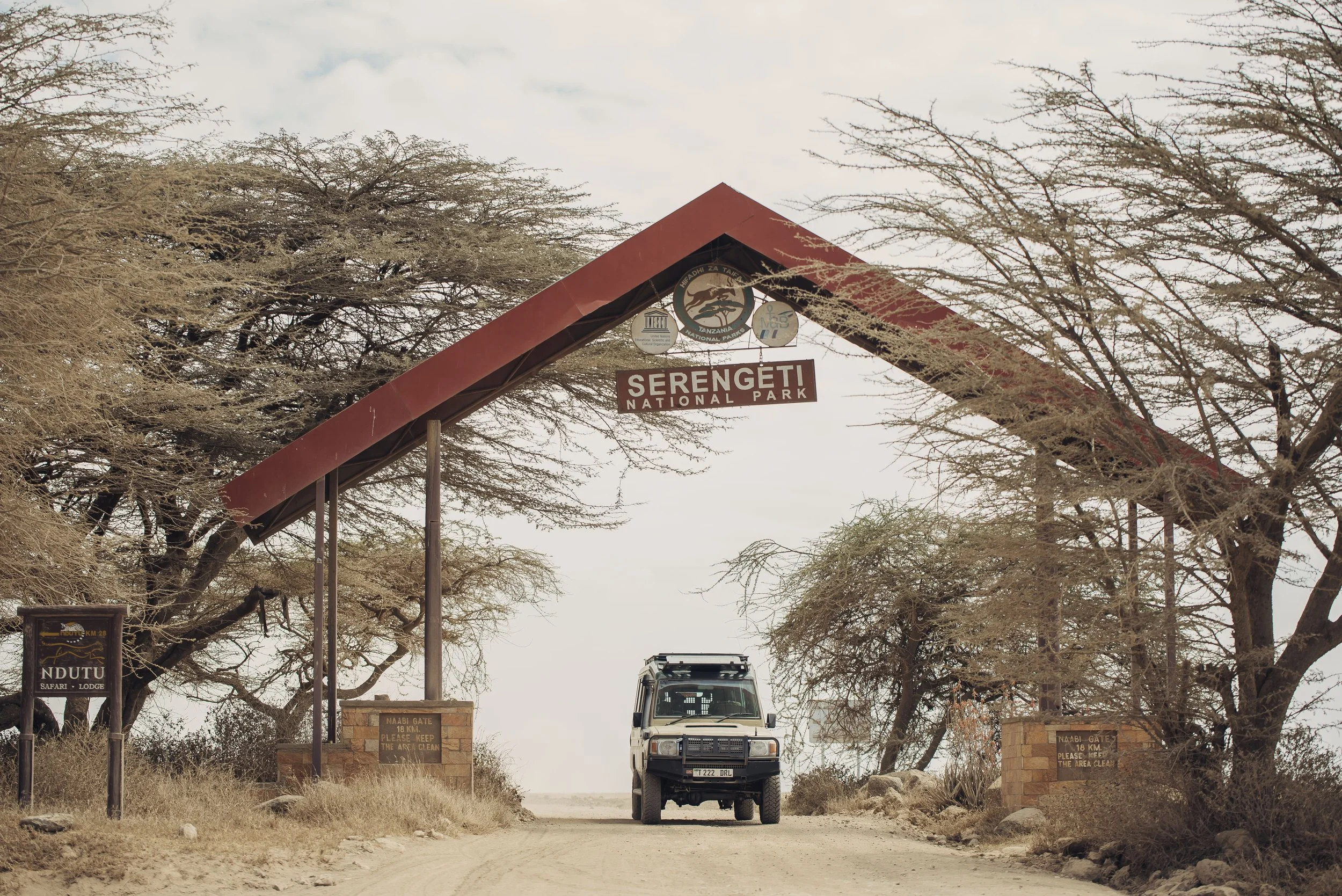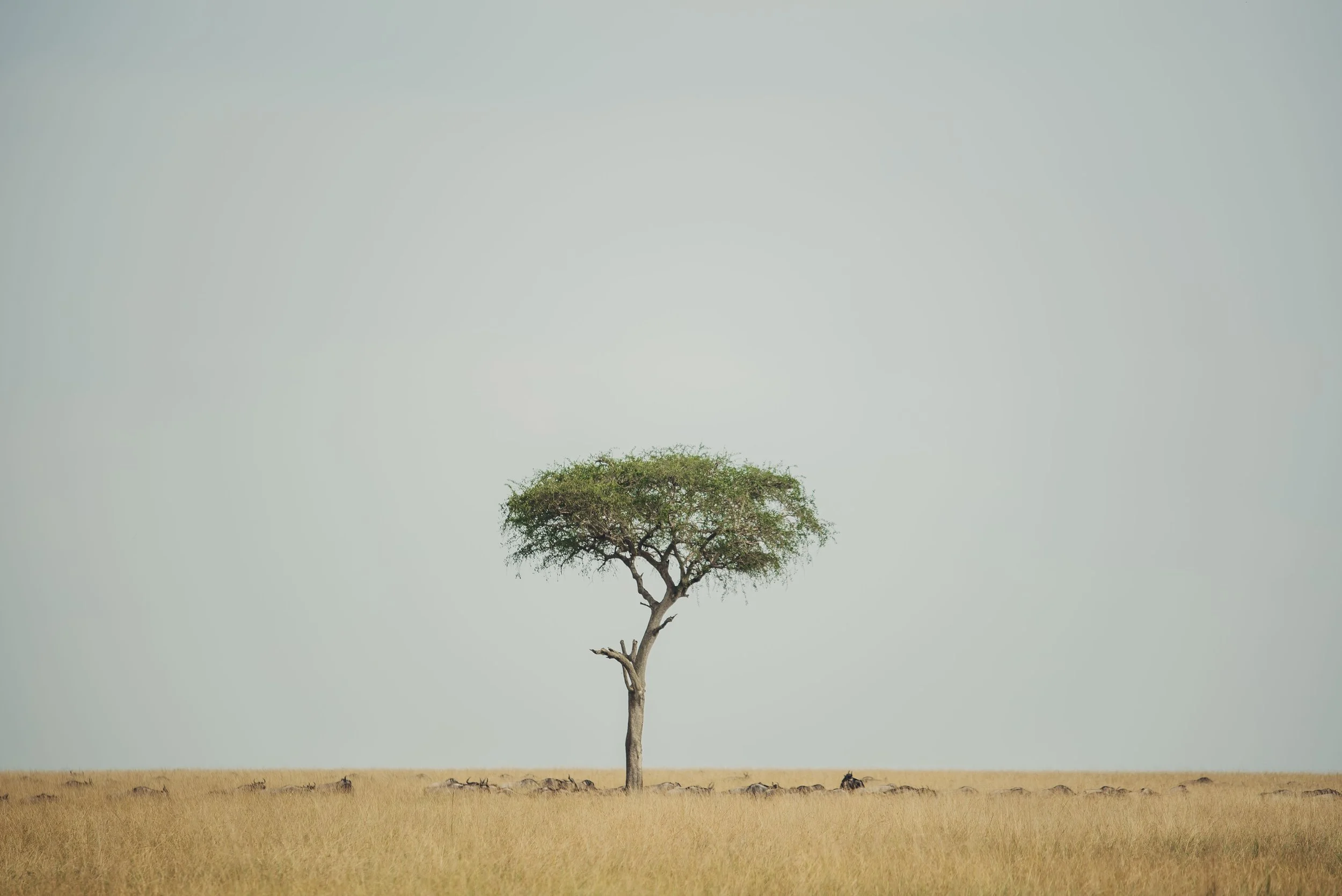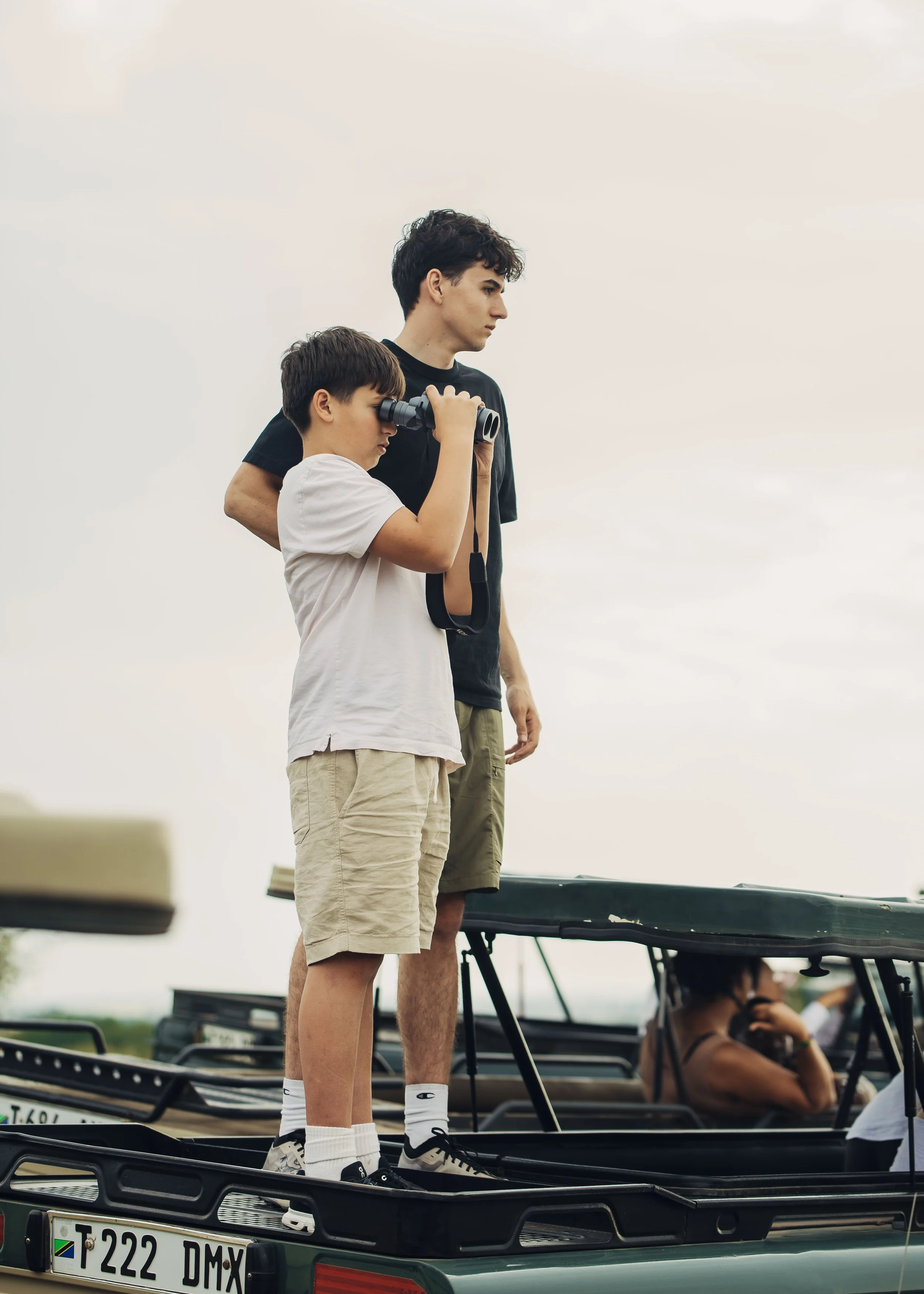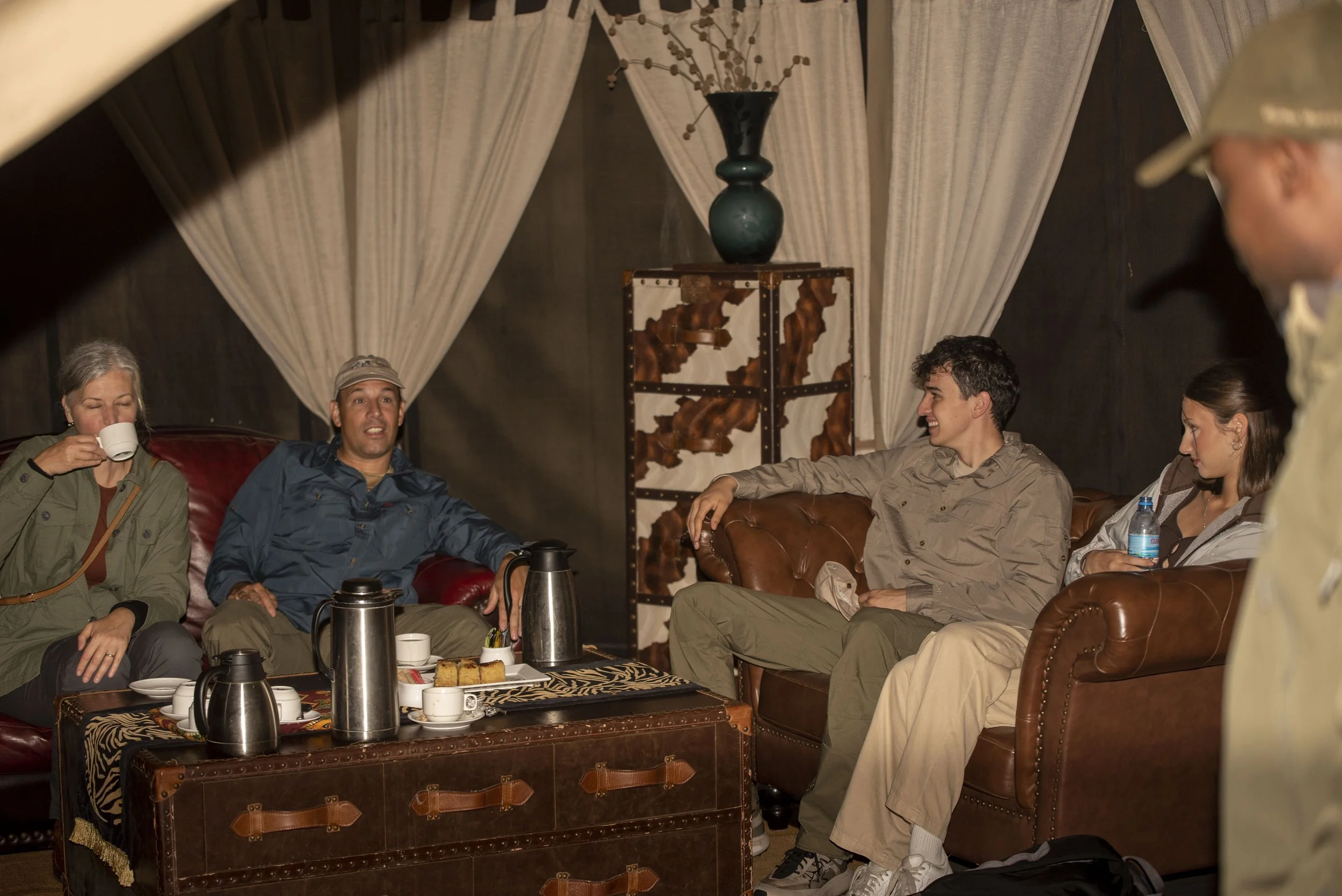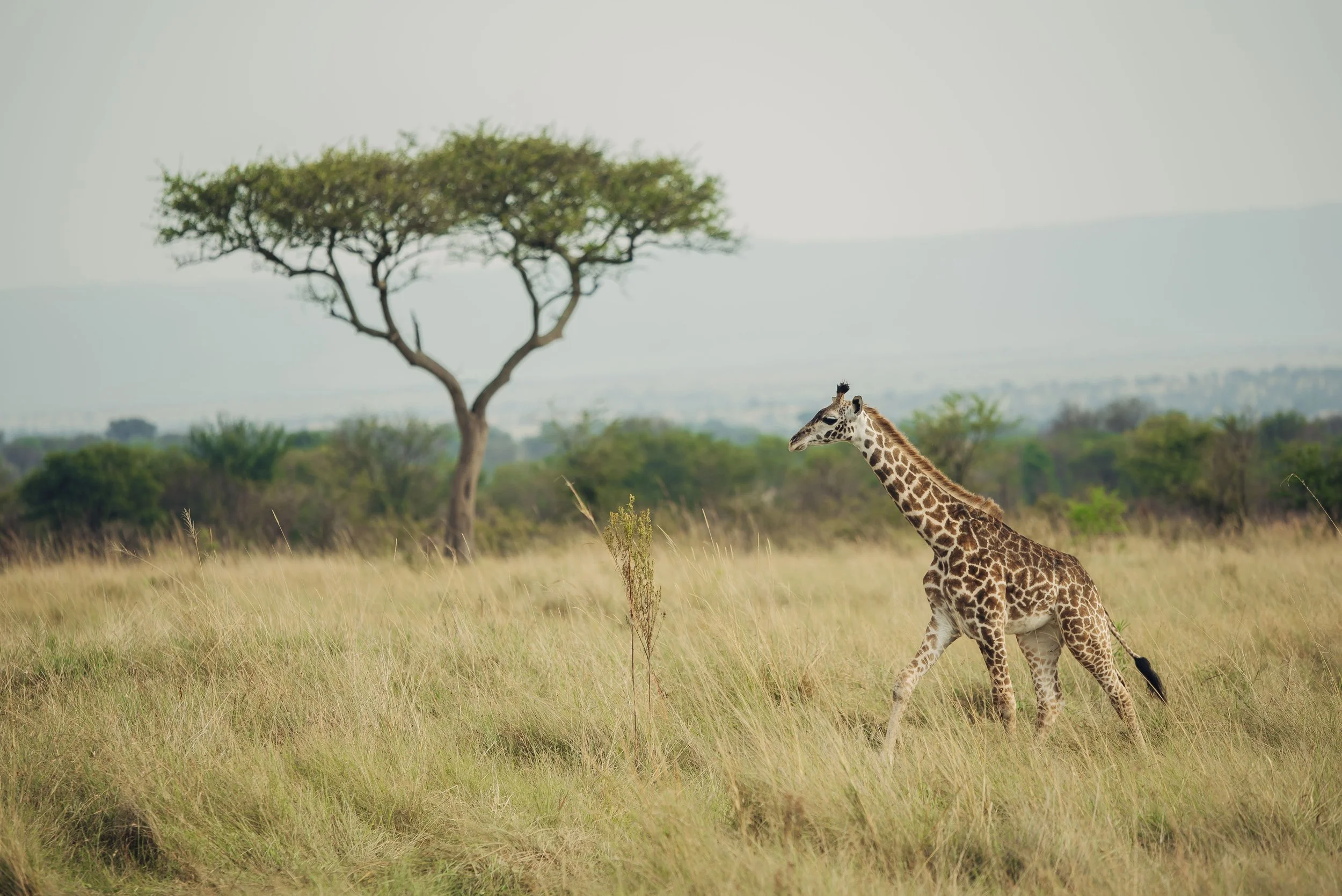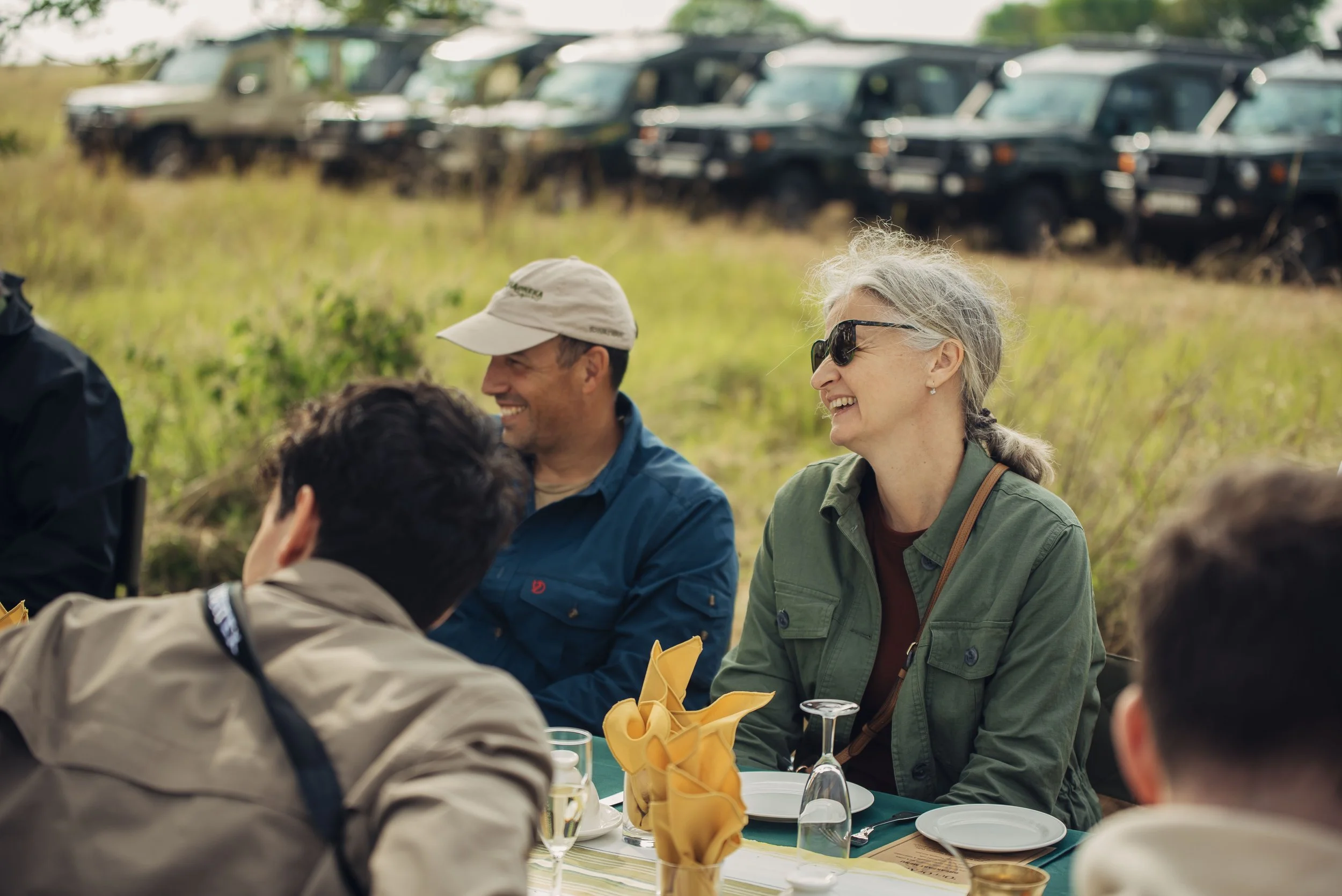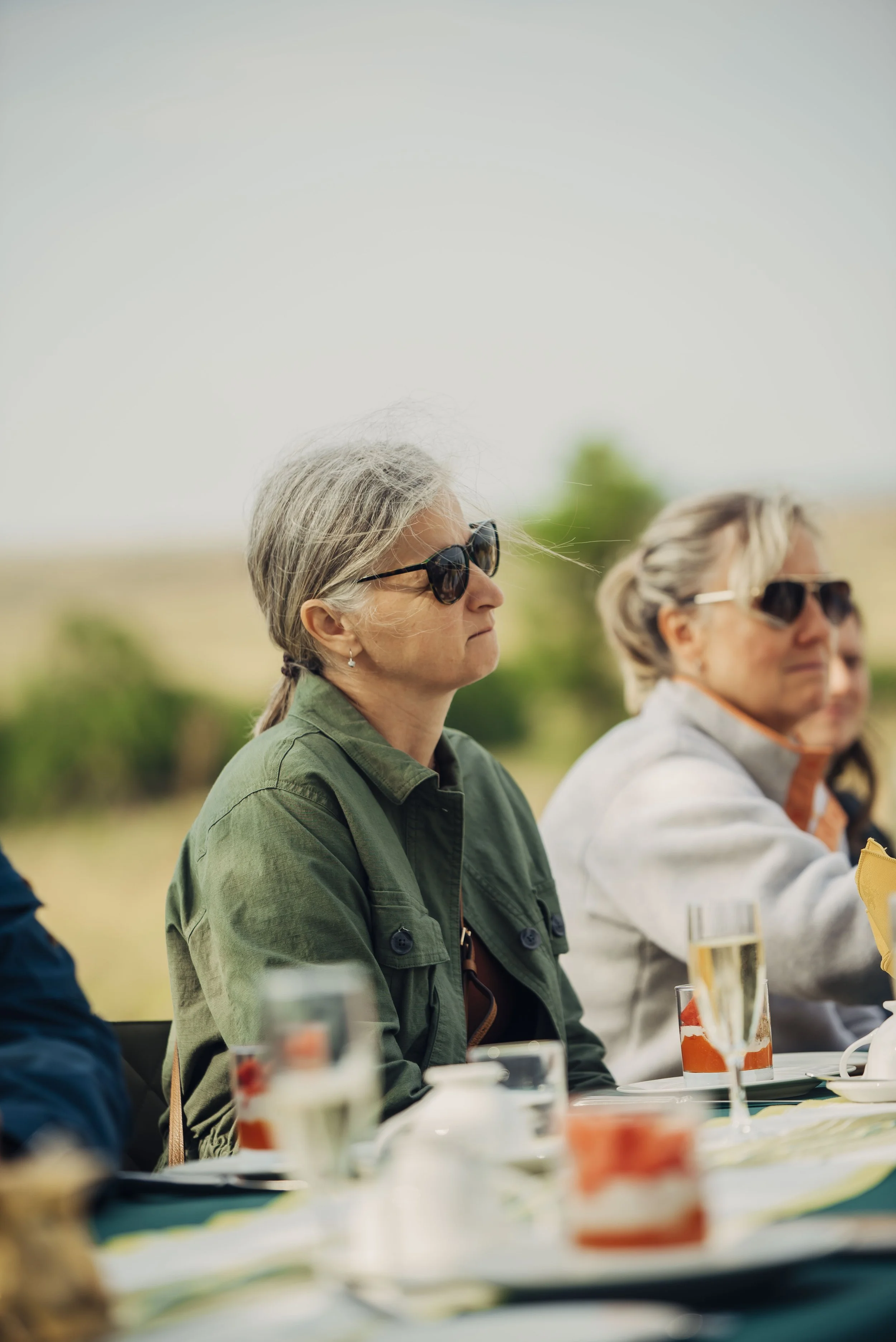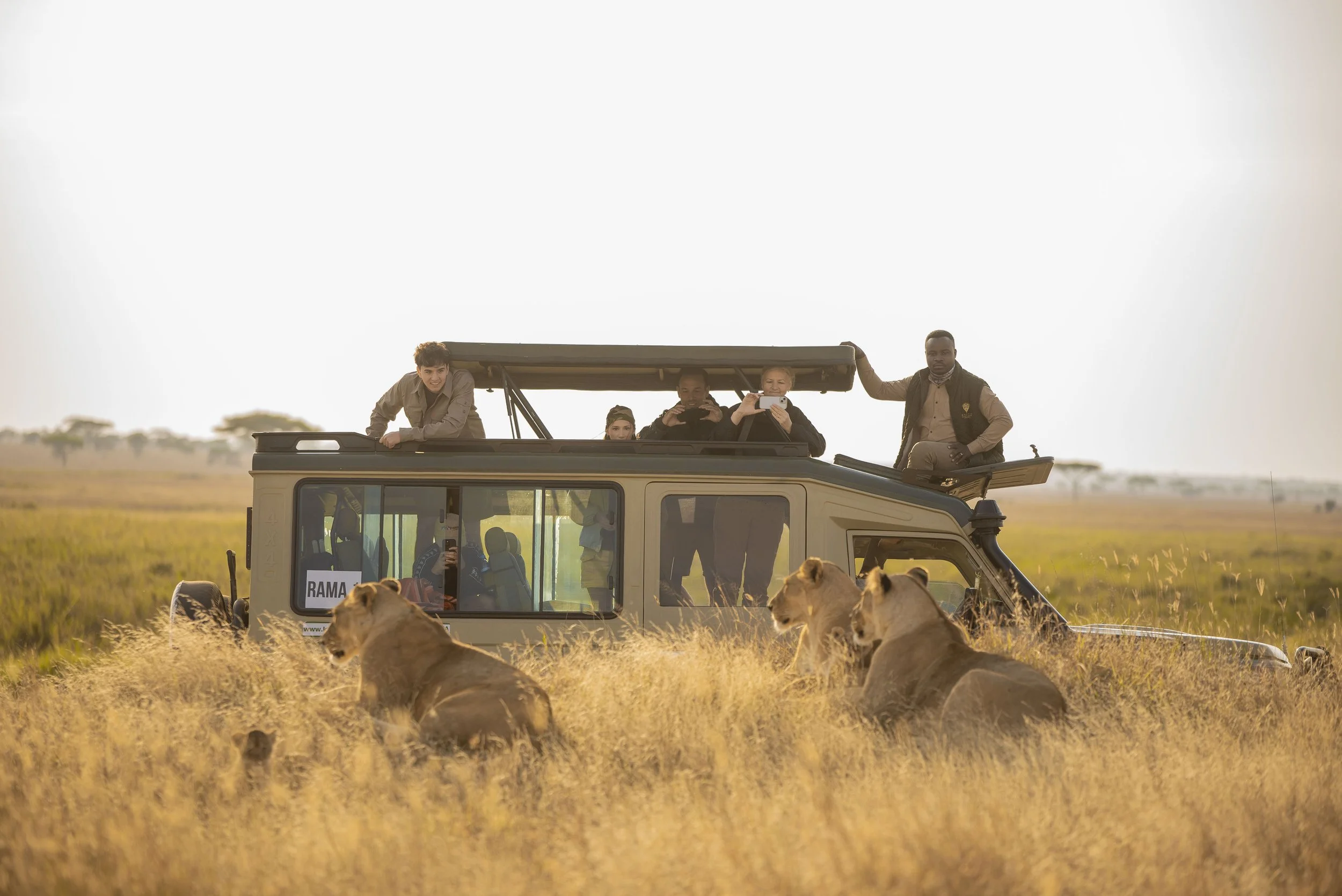
TARANGIRE NATIONAL PARK
Land of Giants and Elephants
About Tarangire national park
Covering 2,850 km² in northern Tanzania, Tarangire National Park is a hidden gem of the northern safari circuit, famous for its massive elephant herds, towering baobab trees, and sweeping savannahs. During the dry season, the Tarangire River becomes a lifeline, attracting large concentrations of wildlife, making game viewing spectacular. Its quieter atmosphere compared to Serengeti and Ngorongoro offers a more relaxed, intimate safari experience.
Highlights:
Largest elephant herds in northern Tanzania.
Iconic baobab trees dotting the landscape.
Dry season wildlife concentrations rivaling the Serengeti.
Over 500 bird species – a paradise for birdwatchers.
Lesser-crowded safari experience for those seeking tranquility.
What to Carry for Your Tarangire Safari
Clothing & Footwear:
Neutral-colored safari wear (avoid bright colors)
Light layers for hot days and cooler mornings
Comfortable closed shoes or light boots
Hat, sunglasses, and a light scarf for dust
Activities in Tarangire
Game drives – morning, afternoon, or full-day safaris.
Walking safaris (in designated areas with armed rangers).
Birdwatching tours – especially in the Silale Swamps.
Night game drives (offered by some lodges outside the park).
Cultural visits – Maasai and Barabaig villages nearby.
Park Fees & Access
Location: About 2 hours’ drive from Arusha, often combined with Lake Manyara and Ngorongoro.
Entry Fees (TANAPA rates, subject to change): Around $59 per adult per day (non-resident, high season).
Getting There:
By Road: Easily accessible via the Arusha–Dodoma road.
By Air: Charter and scheduled flights to Kuro Airstrip from Arusha, Serengeti, or Zanzibar..
Best Time to Visit Tarangire
June – October (Dry Season): Best time for wildlife viewing as animals gather around the Tarangire River. High concentration of elephants and predators.
November – May (Green Season): Lush landscapes, fewer visitors, and excellent birding with migratory species present. Roads may be muddy in March–May.
Tip: If elephants are your main interest, aim for July–September when herds can number in the hundreds.
Gear:
Binoculars for spotting birds and distant wildlife
Camera with zoom lens for close-ups of elephants and baobabs
Daypack for essentials
Sunscreen, insect repellent, and lip balm
Wildlife You Can Expect to See
Large Mammals: Elephants (huge herds), buffalo, giraffe, zebra, wildebeest, eland, impala.
Predators: Lions, leopards, cheetahs, hyenas, African wild dogs (rare).
Special Sightings: Kudu, oryx, gerenuk.
Birdlife: Over 500 species including yellow-collared lovebirds, lilac-breasted rollers, kori bustards, and ostriches.
Travel Tips for Visitors
The dry season offers the most dramatic wildlife sightings.
Carry extra camera batteries and memory cards elephants and birdlife provide endless photo opportunities.
Stay hydrated temperatures can get quite hot in the dry months.
Consider staying 2 nights to explore different parts of the park, including the Silale Swamps.
Travel Essentials:
Passport & park permits
Cash in USD for tips and extras
Travel insurance details
Reusable water bottle & personal medication
Accommodation Options
Luxury Lodges – high-end comfort with sweeping views (e.g., Tarangire Treetops, Lemala Mpingo Ridge).
Tented Camps – close to wildlife and nature.
Mid-range Lodges & Camps – good value for comfort.
Public Campsites – for budget and adventure travelers.
Wildlife You Can Expect to See
Large Mammals: Elephants (huge herds), buffalo, giraffe, zebra, wildebeest, eland, impala.
Predators: Lions, leopards, cheetahs, hyenas, African wild dogs (rare).
Special Sightings: Kudu, oryx, gerenuk.
Birdlife: Over 500 species including yellow-collared lovebirds, lilac-breasted rollers, kori bustards, and ostriches.
